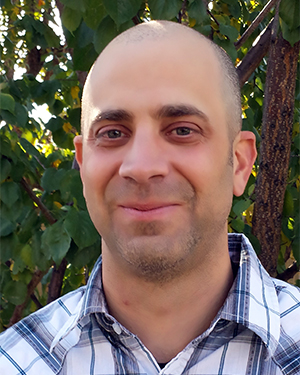
Associate Professor
Department of Geology & Geophysics
University of Utah
| 2014 – present | Associate Professor | Dept. of Geology & Geophysics, University of Utah |
| 2008 – 2014 | Assistant Professor | Dept. of Geology & Geophysics, University of Utah |
| 2006 – 2007 | Post Doctoral Research Fellow | Arctic Region Supercomputing Center and Geophysical Institute, University of Alaska Fairbanks |
| 2005 | Ph.D., Geological Sciences | Arizona State University |
| 1996 | B.S., Physics | Indiana University |
| 2013 | IRIS Board Nominations Committee |
| 2011 – 2013 | IRIS GSN Standing Committee |
| 2011 – 2013 | Data Quality Assurance Subcommittee |
| 2008 – Present | University of Utah representative to IRIS |
I would be honored to have an opportunity to serve the IRIS community as a member of the board. As is the case with most seismologists of my generation, IRIS has always played a crucial role in my research. My research interests are primarily related to observational seismology using waveform modeling. Most of this research involves imaging the deepest part of the mantle, but recent work is also focused at imaging structure in the shallower regions of the Earth including work on the seismic response of natural monuments at Arches and Canyonlands National Parks. Almost every project that I have worked on and projects I continue to work on are heavily dependent on data archived and retrieved through IRIS data management services, including data from the Global Seismic Network (GSN). Because of the exceptional quality of the GSN stations, these data have always contributed heavily to my research. As a graduate student and a post-doc I have also had several opportunities to be involved in deploying PASSCAL experiments in both the U.S. and Canada, and have also benefitted greatly from data made available through other PASSCAL experiments. The core IRIS services have always been an invaluable resource for myself, and I am eager to protect these services for future generations of seismologists. I look forward to having the opportunity to serve the seismological community in this critical time period in the history of IRIS, and will strive to represent the interests of our community as we move forward.